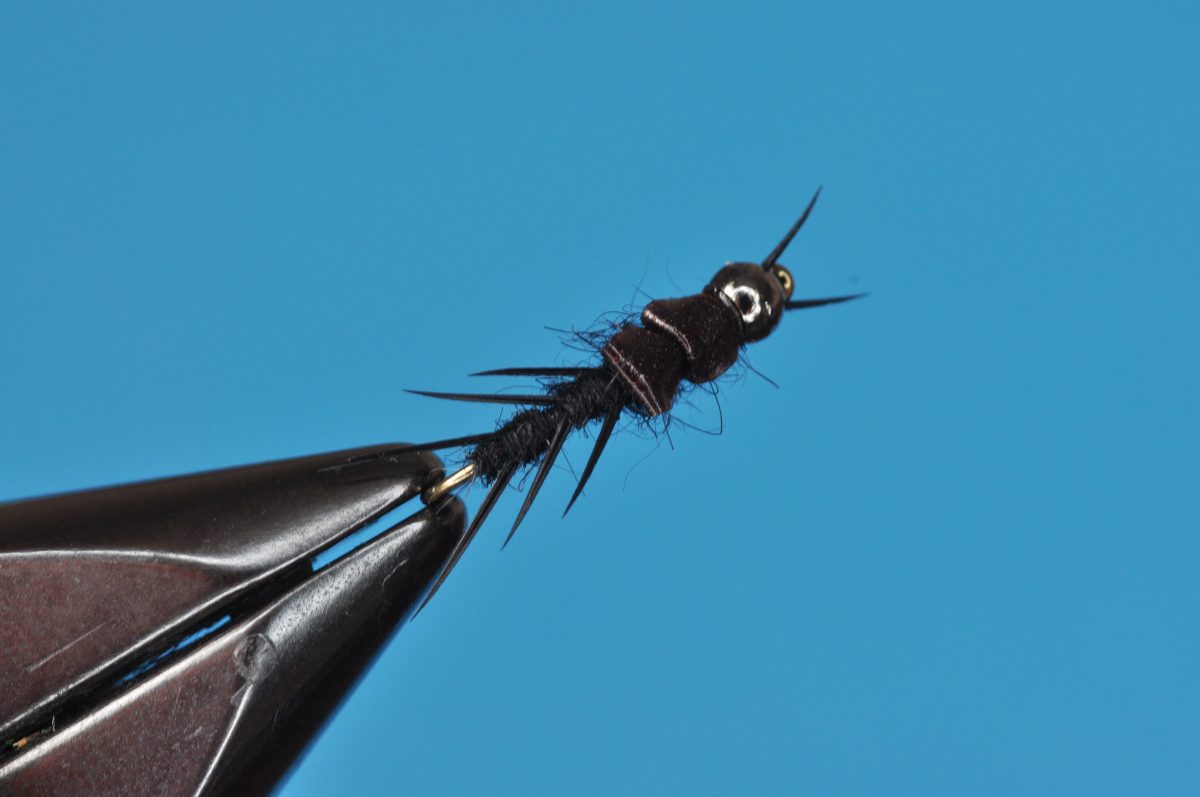
Looking for something else?
Try one of these!
Black Stonefly Nymph Step-by-Step:
As 2020 winds down and the weather turns cold, my mind seems to drift to thoughts of unfished trout streams with increased frequency. Last week the outcome was a fresh batch of the Burnt Chenille Caddis Larva, a pattern favored by Brookies during a 2019 visit to Colorado’s IPWA. This week, a little black stonefly nymph favored by the wild rainbows in those same streams has found its way to the top of my tying docket.
Ever present and far from adept swimmers, stonefly nymphs dislodged in the current make for an easy meal as they bounce along the bottom, limbs flailing. Tied with a tungsten bead to get your pattern down quickly, these imitations can be tied in a variety of size and color combinations providing an excellent search pattern year round. And while I’ll admit the version presented is a bit more time consuming than some, I’ve found the Biot legs to be well worth the effort as the fish seem to love them.
| Materials: | ||
|---|---|---|
 3X Curved Nymph Hook (Size 14) 3X Curved Nymph Hook (Size 14) |  12/0 (Black) 12/0 (Black) |  2.8mm Tungsten (Black or Silver) 2.8mm Tungsten (Black or Silver) |
 Dubbing (Black) Dubbing (Black) |  Dubbing (Black) Dubbing (Black) |  Scud Back (Brown) Scud Back (Brown) |
 Goose Biot (Black) Goose Biot (Black) |
Disclosure: This post contains affiliate links. A small commission may be paid for purchases made through these links.
Black Stonefly Nymph Step-by-Step Tying Instructions:
(Mobile Viewers: Click images to enlarge)
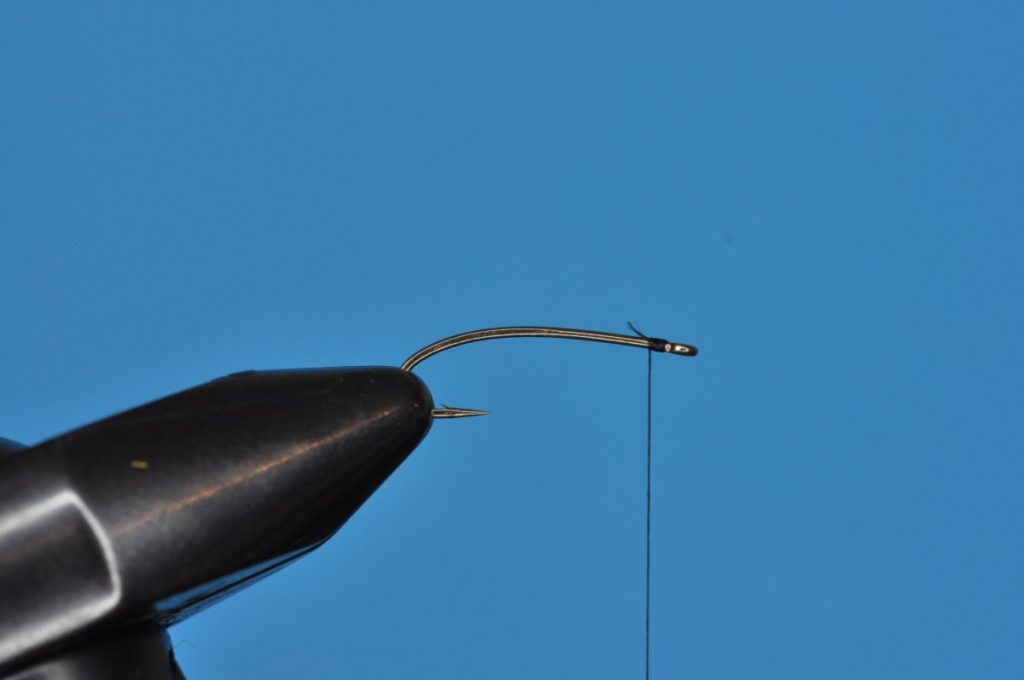

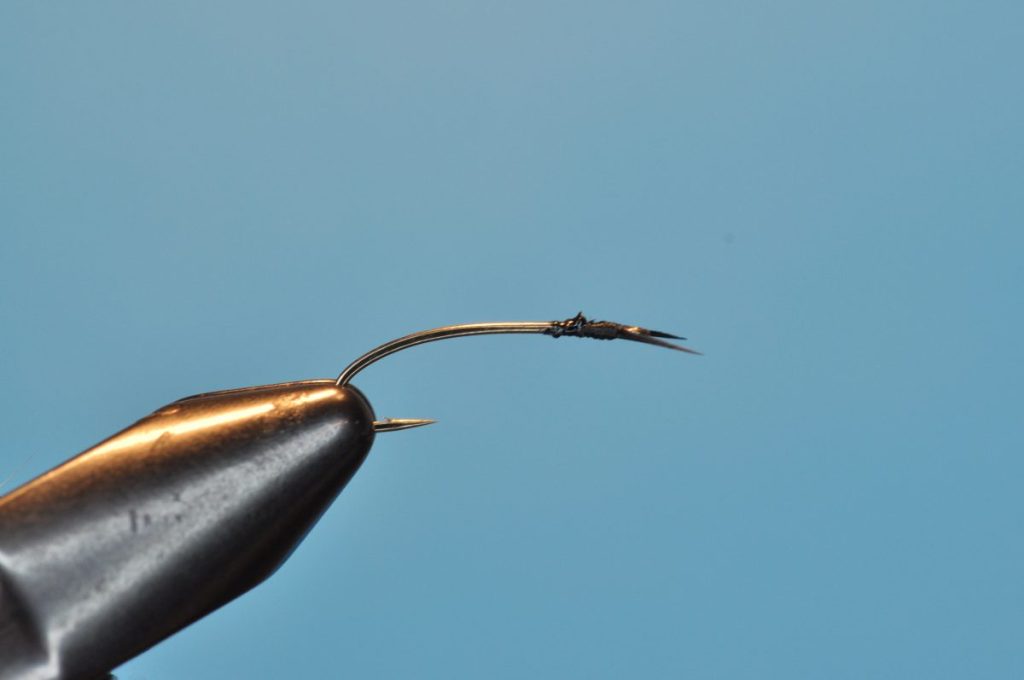
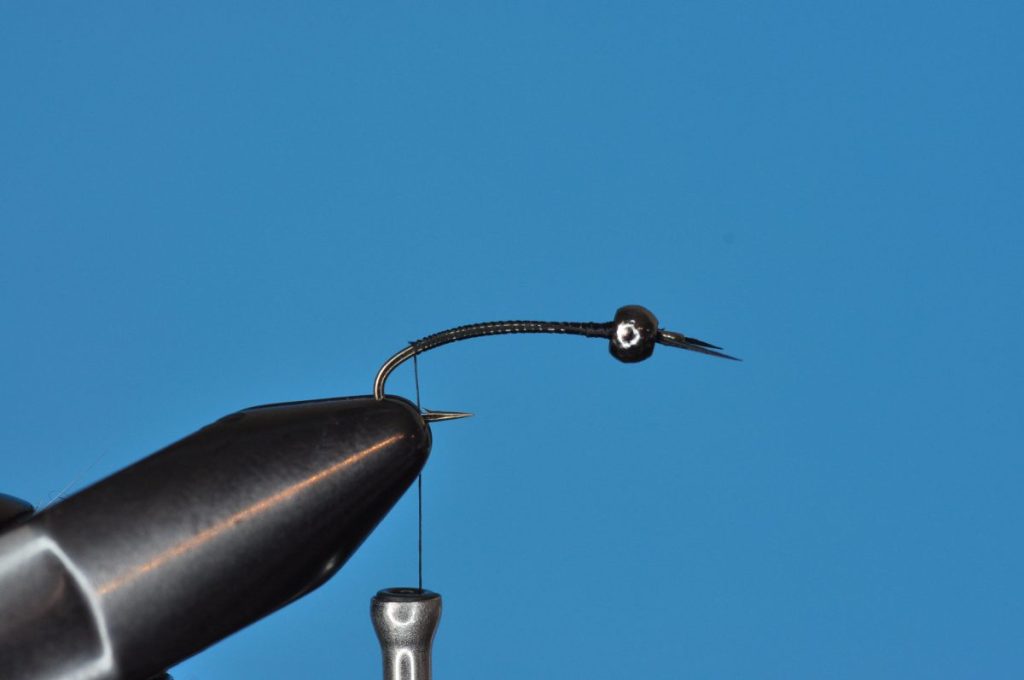
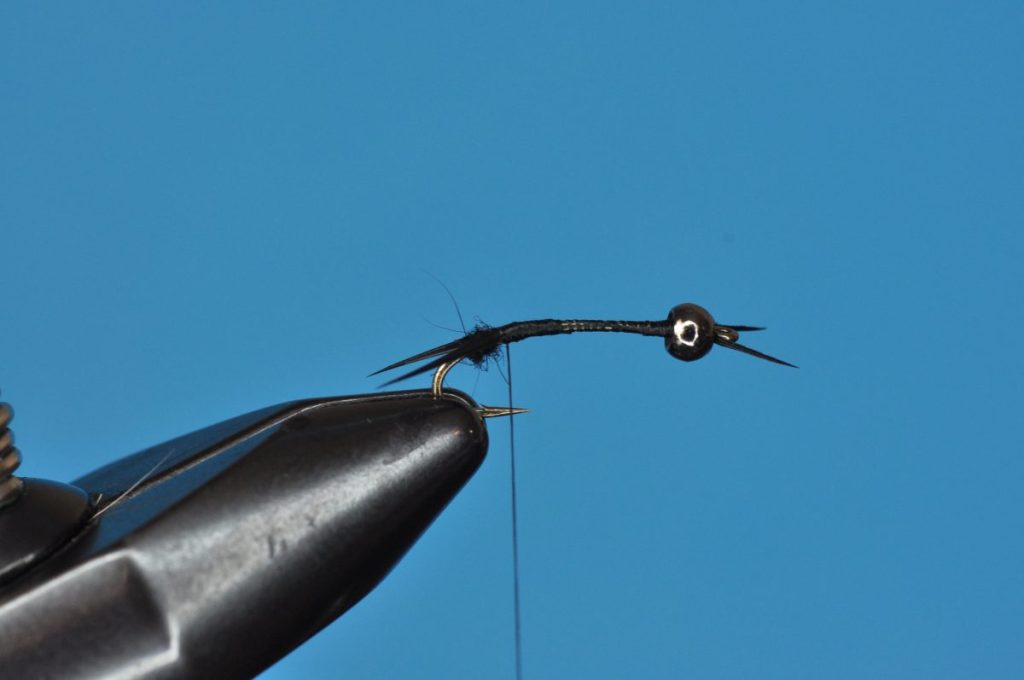
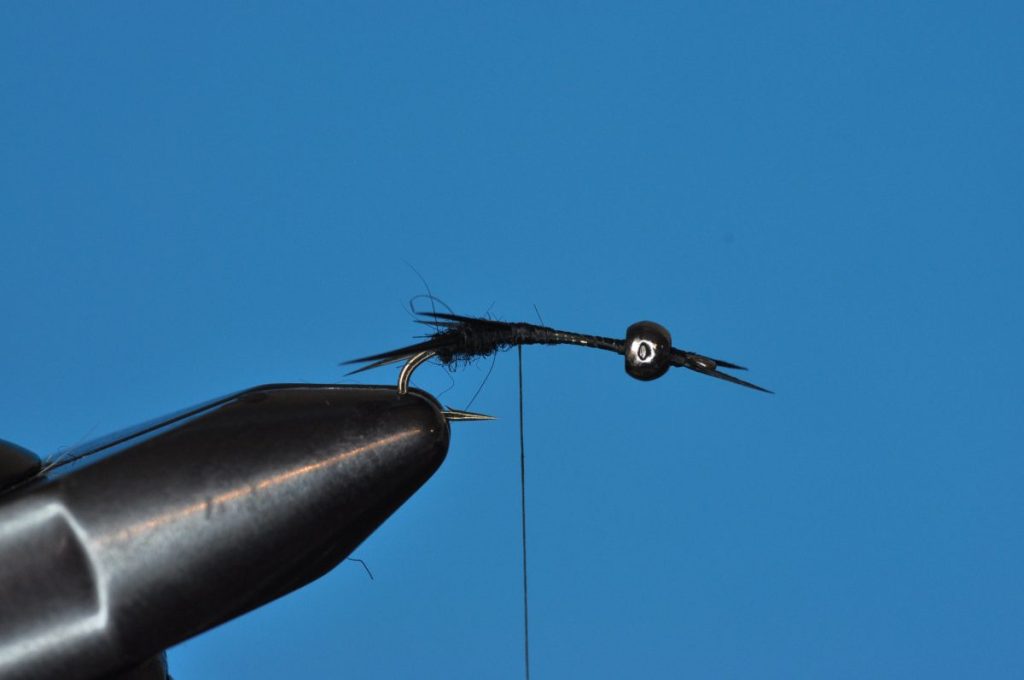

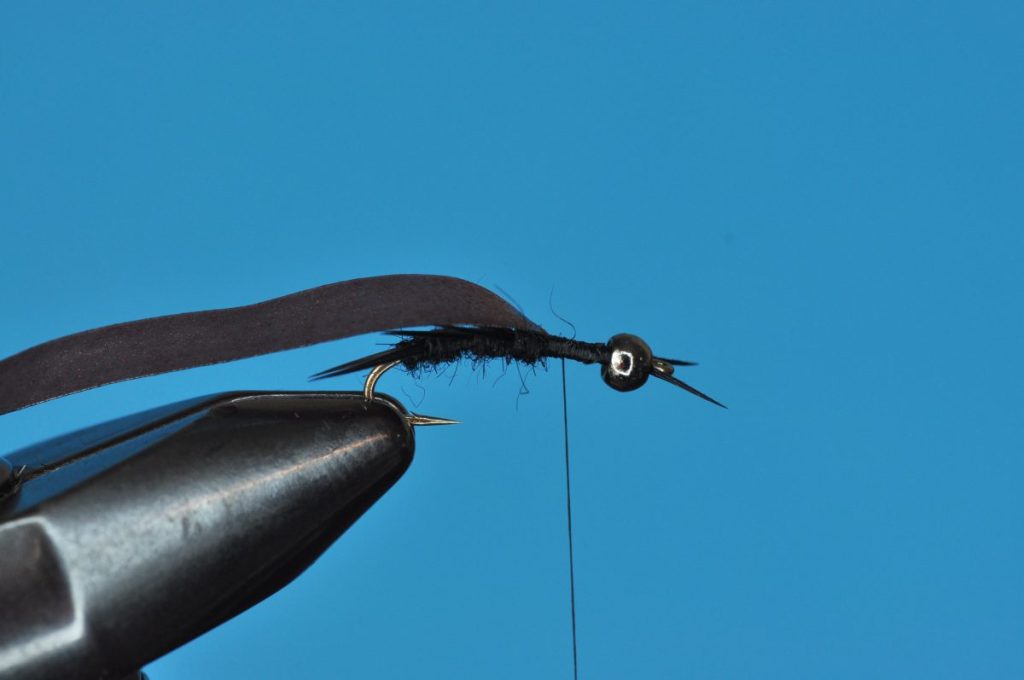
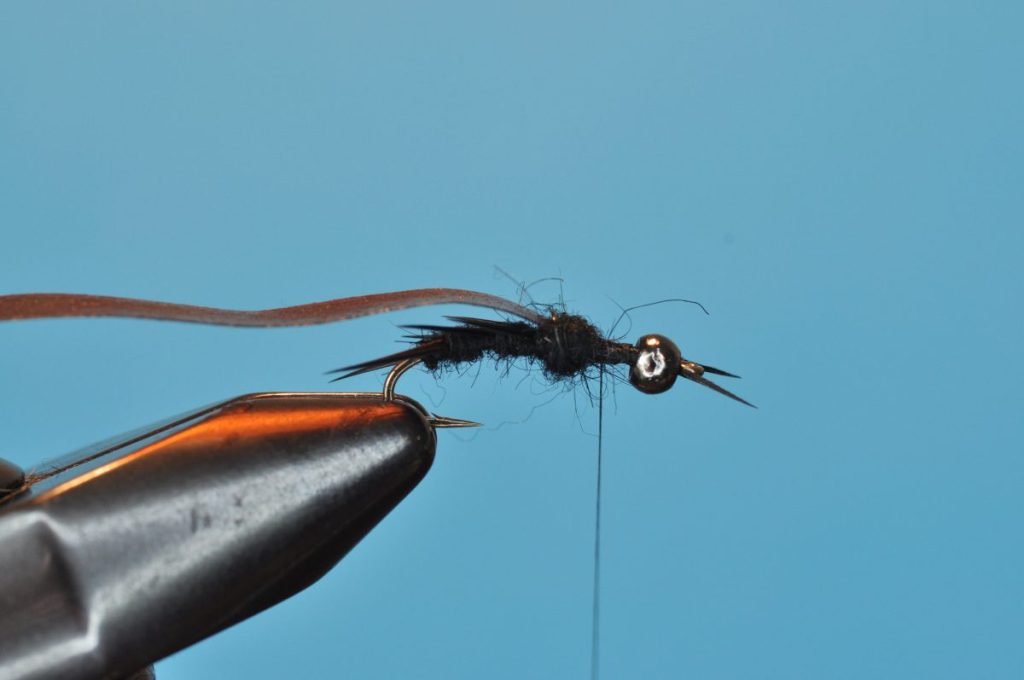
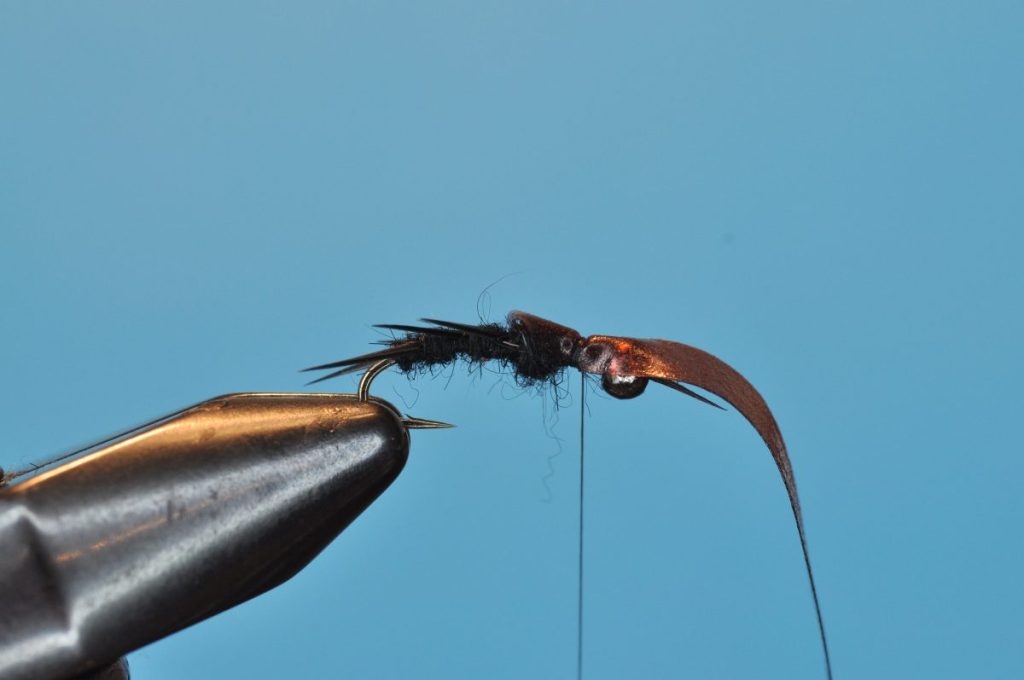
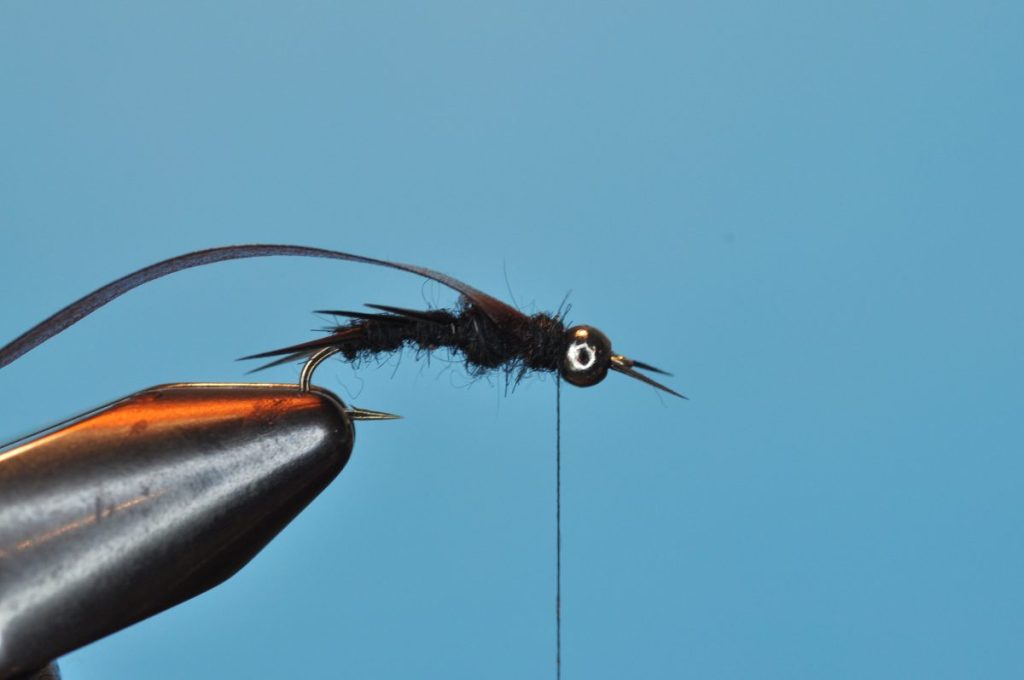
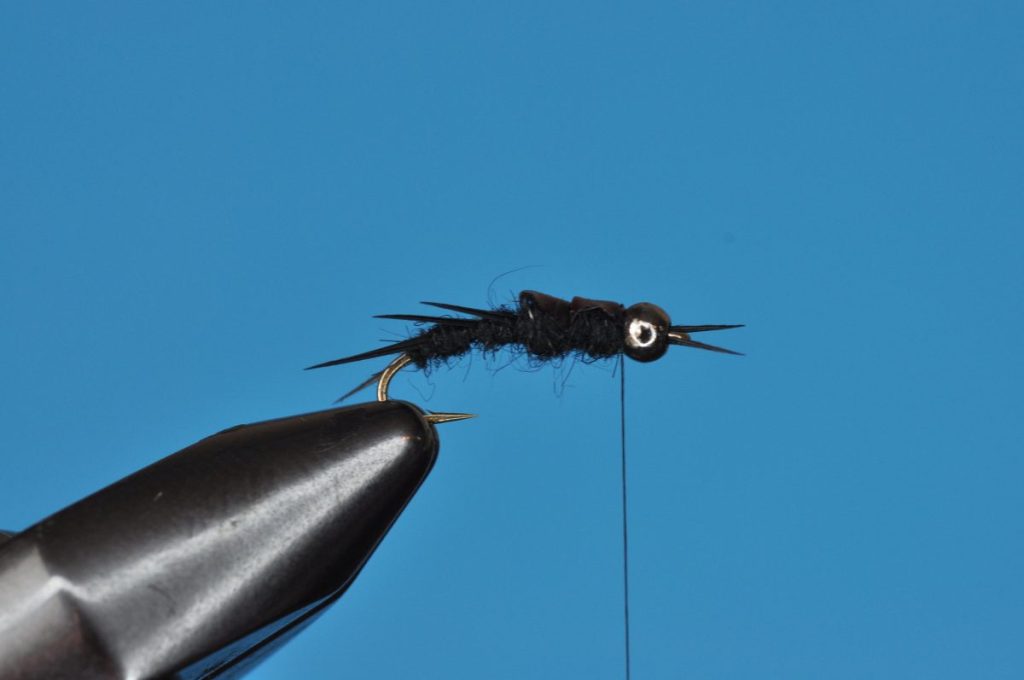
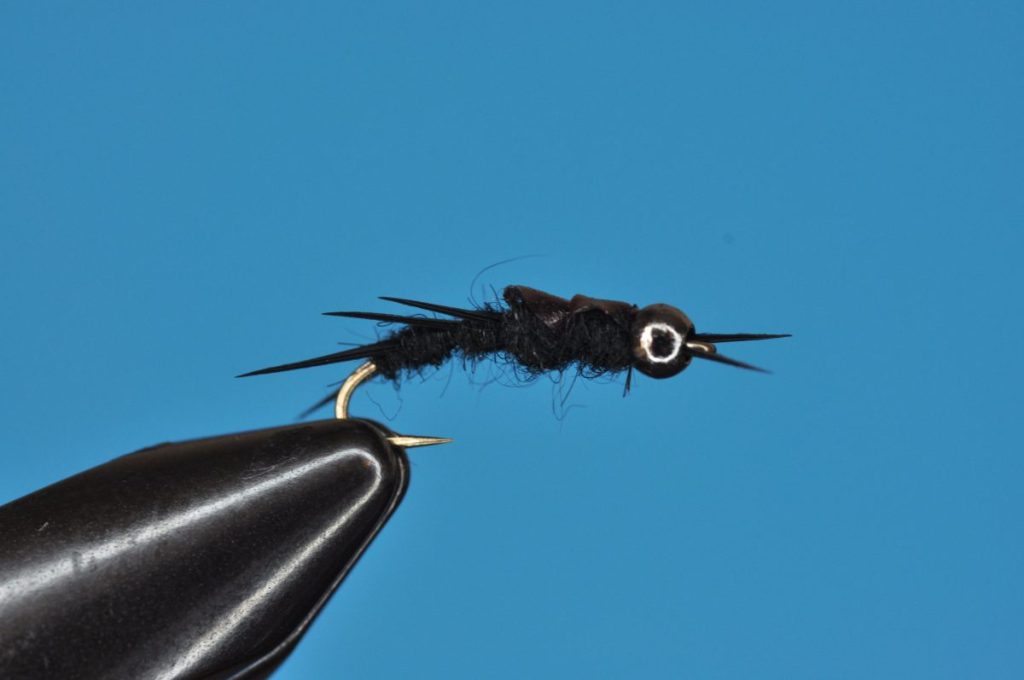
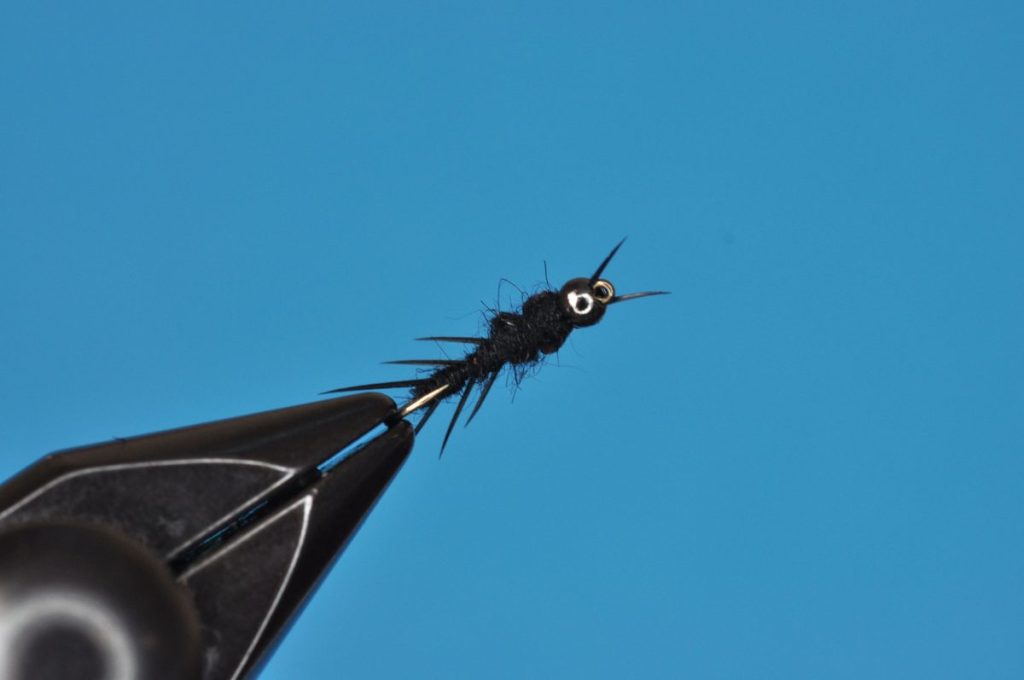
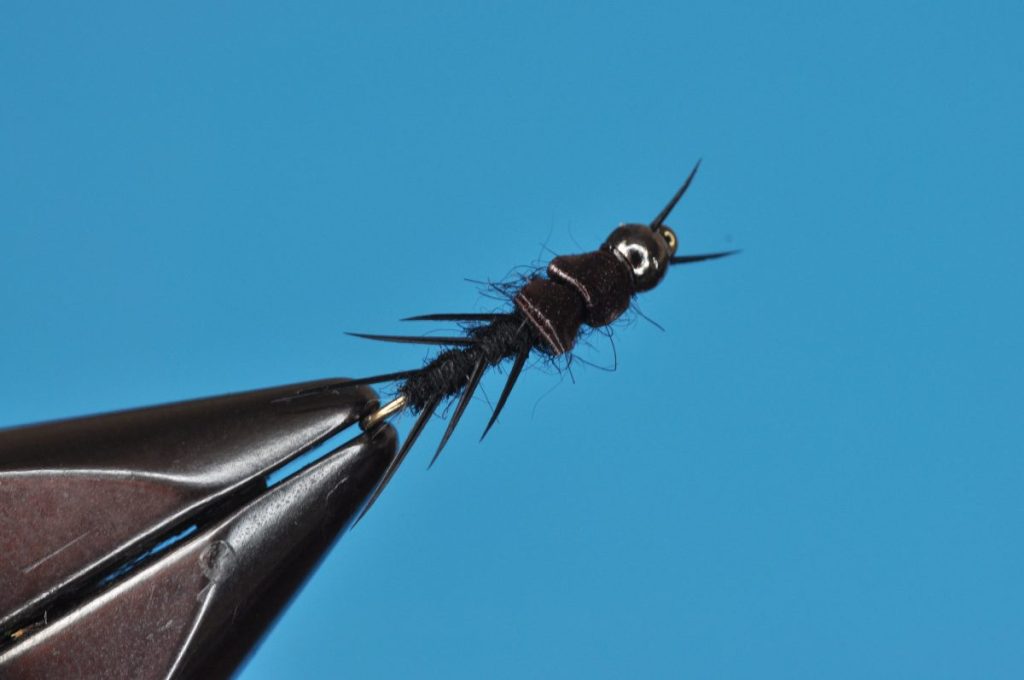
Tips and Tricks:
1. Size Classes
The nymph phase of a Stonefly’s life cycle can extend from one to three years dependent on species and consist of as many as 23 instars! This means at any given time, in any given stream, there are likely multiple size classes of nymph for every species of stonefly present. With that in mind, it doesn’t hurt to tie stonefly nymph patterns in a range of sizes. If the fish are keying in on a specific size class, you’ll be good to go. If they’re feeding opportunistically, you’ll have a range of options.
2. Getting deep quickly
As referenced in the introduction, stonefly nymphs are notoriously poor swimmers. Dislodged they simply bounce along the bottom, limbs flailing. This means getting your fly deep quickly is often a key to this pattern’s success. While a tungsten bead may be enough to get the job done, consider adding some lead-free wrap as well. Beyond improving your sink rate, the wraps help add bulk to your nymph’s thorax.
Proof of Concept
Once again, I find myself returning to my 2019 visit to Colorado’s Indian Peaks Wilderness Area for my proof of concept.
To this point in the trip, the majority of our success had come on dry flies. We had worked dry-droppers and even attempted a bit of tight lining, but small dries and the occasional large terrestrial had produced at such a rate that nymphing had largely been relegated to an afterthought.
On this particular morning, however, we reached a point where dries simply weren’t cutting it. The hippie stomper had fared well at lower elevations, but ceased producing as the grade steepened.
Cycling through my go-to dry flies elicited no additional rises, and I was beginning to scratch my head when I looked back to see my cousin pull back-to-back trout from a plunge pool I had just finished working. He had reverted to tight-line nymphing and was making quick work of the small, wild rainbows who had turned their noses up (or rather down) at my dry offerings.
The small black stonefly now trailing 3′ below my dry, the pool came alive as each plunge pool produced a string of small, feisty rainbow trout like the one pictured.
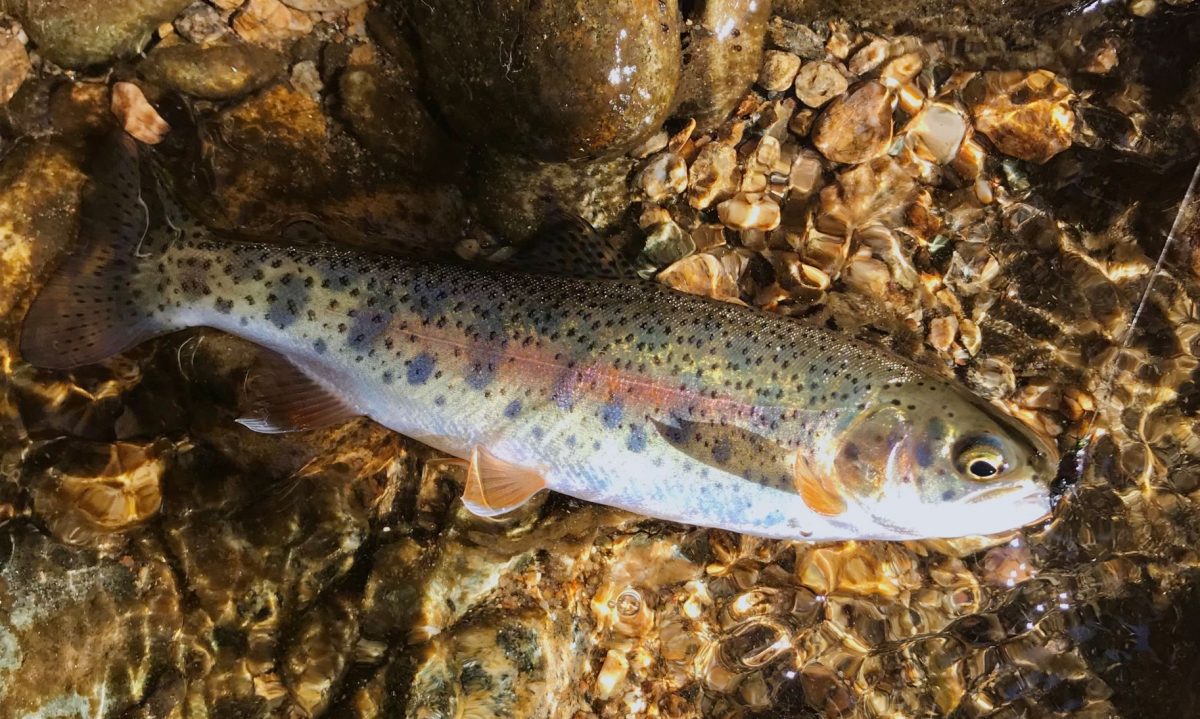
Species Caught on the Black Stonefly Nymph to Date:
- Rainbow Trout
